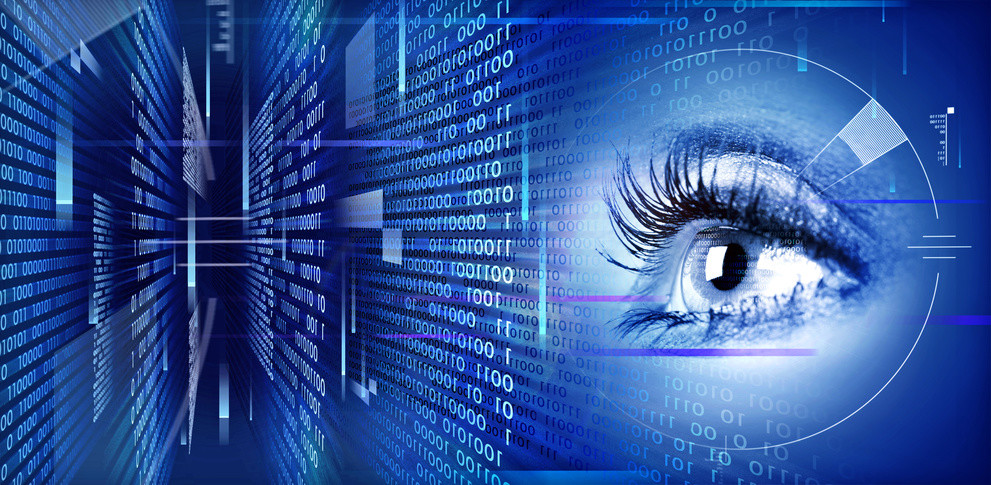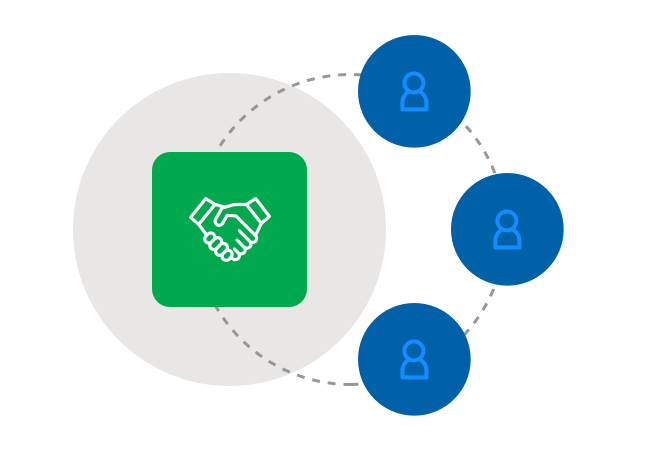Corporate Security Demystified: Reinforcing Your Service Defenses
Corporate Security Demystified: Reinforcing Your Service Defenses
Blog Article
From Cybersecurity to Physical Measures: Enhancing Corporate Safety And Security in a Transforming Globe
In today's rapidly advancing digital landscape, the relevance of business security can not be overemphasized. As cyber threats come to be increasingly innovative and common, companies should go past standard cybersecurity measures to secure their operations and properties - corporate security. This is where the combination of physical safety and security measures comes to be critical. By combining the toughness of both cybersecurity and physical safety, companies can develop a comprehensive defense strategy that addresses the varied variety of threats they face. In this conversation, we will certainly explore the altering danger landscape, the demand to incorporate cybersecurity and physical safety and security, the execution of multi-factor verification steps, the value of staff member recognition and training, and the adaptation of safety and security procedures for remote labor forces. By examining these essential areas, we will certainly acquire important insights into exactly how companies can enhance their business safety in an ever-changing globe.
Recognizing the Transforming Threat Landscape
The advancing nature of the modern-day world requires a thorough understanding of the changing risk landscape for reliable corporate protection. It is essential for companies to stay notified and adjust their security determines to resolve these evolving dangers.
One key element of understanding the transforming danger landscape is identifying the different sorts of hazards that companies face. Cybercriminals are continuously establishing new methods to make use of susceptabilities in computer system systems and networks. These dangers can vary from malware and ransomware strikes to phishing rip-offs and social design methods. Additionally, physical threats such as theft, vandalism, and corporate espionage stay widespread worries for organizations.
Monitoring and assessing the risk landscape is necessary in order to determine prospective dangers and vulnerabilities. This involves staying upgraded on the most recent cybersecurity trends, analyzing threat intelligence reports, and conducting normal danger evaluations. By recognizing the altering risk landscape, companies can proactively carry out ideal safety and security procedures to alleviate dangers and safeguard their possessions, track record, and stakeholders.
Integrating Cybersecurity and Physical Safety And Security
Incorporating cybersecurity and physical security is essential for extensive corporate security in today's electronic and interconnected landscape. As organizations progressively count on modern technology and interconnected systems, the borders between physical and cyber risks are ending up being blurred. To efficiently secure against these dangers, a holistic approach that integrates both cybersecurity and physical safety and security steps is necessary.
Cybersecurity concentrates on shielding digital properties, such as networks, data, and systems, from unapproved accessibility, disruption, and theft. Physical safety and security, on the various other hand, encompasses measures to secure physical possessions, people, and facilities from susceptabilities and threats. By incorporating these 2 domains, organizations can resolve susceptabilities and dangers from both physical and digital angles, thus improving their general safety posture.
The assimilation of these two self-controls enables for an extra comprehensive understanding of safety dangers and allows a unified feedback to events. Physical gain access to controls can be enhanced by integrating them with cybersecurity procedures, such as two-factor verification or biometric identification. Similarly, cybersecurity actions can be matched by physical safety measures, such as monitoring cams, alarm systems, and secure accessibility factors.

Carrying Out Multi-Factor Authentication Measures
As organizations significantly focus on comprehensive security actions, one reliable approach is the implementation of multi-factor verification actions. Multi-factor verification (MFA) is a safety approach that calls for individuals to supply numerous kinds of recognition to access a system or application. This technique includes an extra layer of security by integrating something the customer recognizes, such as a password, with something they have, like a fingerprint or a safety token.
By implementing MFA, organizations can substantially improve their security stance - corporate security. Conventional password-based authentication has its restrictions, as passwords can be quickly jeopardized or failed to remember. MFA minimizes these threats by including an added verification variable, making it harder for unauthorized individuals to get to sensitive information
There are numerous sorts of multi-factor verification approaches readily available, consisting of biometric verification, SMS-based verification codes, and hardware tokens. Organizations need to analyze their details needs and pick one of the most suitable MFA service for their requirements.
However, the implementation of MFA ought to be thoroughly planned and executed. It is critical to my website strike an equilibrium in between safety and security and usability to stop user disappointment and resistance. Organizations ought to also consider potential compatibility concerns and supply sufficient training and support to make certain a smooth shift.
Enhancing Employee Recognition and Training
To enhance corporate security, companies must focus on enhancing staff member understanding and training. In today's rapidly progressing risk landscape, staff members play a vital role in guarding an organization's delicate information and properties. However, many protection breaches happen due to human error or absence of awareness. As a result, organizations need to purchase comprehensive training programs to inform their staff members about prospective threats and the best methods for minimizing them.
Effective staff member awareness and training programs ought to cover a large range of subjects, consisting of data security, phishing assaults, social design, password health, and physical protection actions. These programs should corporate security be tailored to the specific needs and responsibilities of different employee roles within the organization. Regular training simulations, sessions, and workshops can aid staff members create the essential abilities and expertise to recognize and react to security hazards properly.
In addition, companies ought to urge a culture of security recognition and supply ongoing updates and suggestions to keep employees notified about the most recent risks and mitigation methods. This can be done through interior communication networks, such as newsletters, intranet websites, and e-mail campaigns. By fostering a security-conscious labor force, companies can substantially reduce the chance of safety and security cases and safeguard their beneficial assets from unapproved access or compromise.

Adapting Safety And Security Procedures for Remote Labor Force
Adjusting company security procedures to fit a remote labor force is vital in making sure the security of sensitive info and assets (corporate security). With the enhancing fad of remote job, organizations have to execute appropriate safety and security steps to reduce the threats connected with this new means of working
One important aspect of adapting security measures for remote work is establishing safe and secure interaction networks. Encrypted messaging systems and virtual exclusive networks (VPNs) can aid safeguard delicate information and prevent unauthorized accessibility. Additionally, organizations should enforce the use of strong passwords and multi-factor verification to boost the investigate this site safety of remote access.
One more essential factor to consider is the execution of protected remote accessibility services. This includes offering employees with safe accessibility to business resources and data through virtual desktop facilities (VDI), remote desktop computer procedures (RDP), or cloud-based services. These modern technologies make sure that delicate information stays secured while enabling staff members to do their duties efficiently.

Lastly, comprehensive safety and security awareness training is vital for remote staff members. Training sessions must cover finest practices for safely accessing and taking care of delicate information, identifying and reporting phishing attempts, and keeping the overall cybersecurity health.
Final Thought
To conclude, as the threat landscape proceeds to advance, it is important for companies to strengthen their protection measures both in the cyber and physical domain names. Incorporating cybersecurity and physical safety, executing multi-factor verification measures, and boosting employee awareness and training are crucial steps towards achieving robust corporate protection. Additionally, adjusting safety procedures to accommodate remote workforces is imperative in today's transforming globe. By applying these procedures, organizations can alleviate risks and secure their valuable assets from possible dangers.
In this conversation, we will certainly explore the altering risk landscape, the requirement to incorporate cybersecurity and physical protection, the execution of multi-factor verification steps, the importance of worker recognition and training, and the adjustment of safety and security measures for remote workforces. Cybersecurity actions can be matched by physical safety procedures, such as security cams, alarm systems, and protected access points.
As organizations significantly prioritize thorough safety and security measures, one effective technique is the application of multi-factor verification measures.In final thought, as the danger landscape proceeds to progress, it is crucial for organizations to enhance their security measures both in the cyber and physical domains. Incorporating cybersecurity and physical security, applying multi-factor verification procedures, and improving employee understanding and training are vital actions in the direction of achieving durable business safety and security.
Report this page